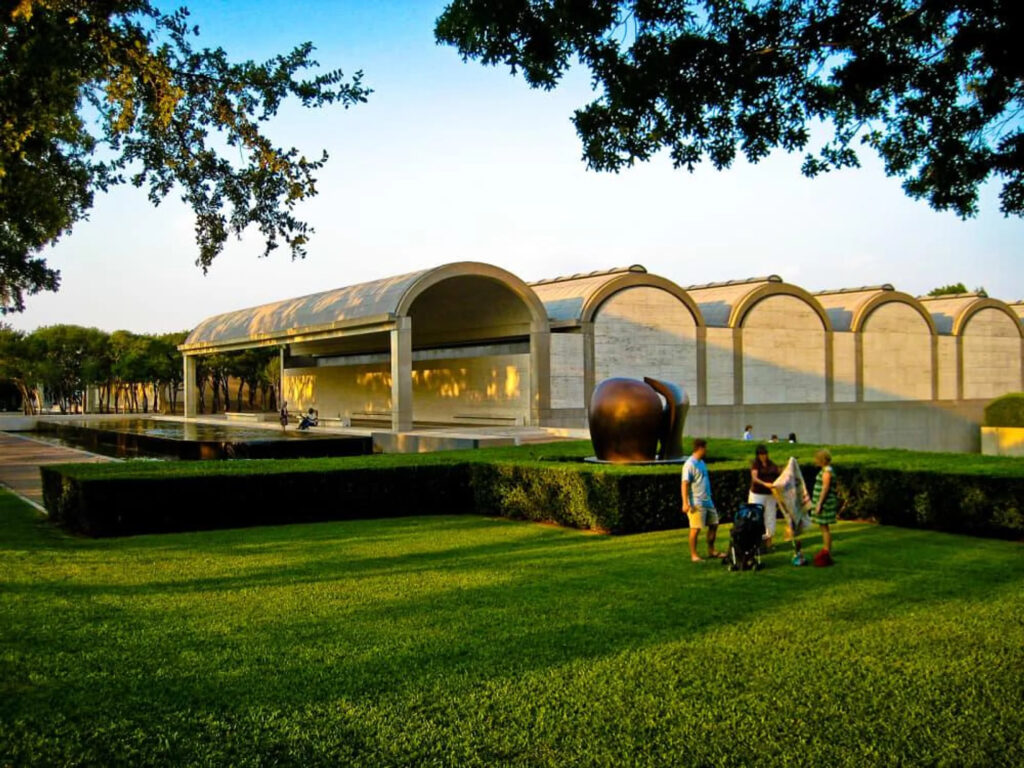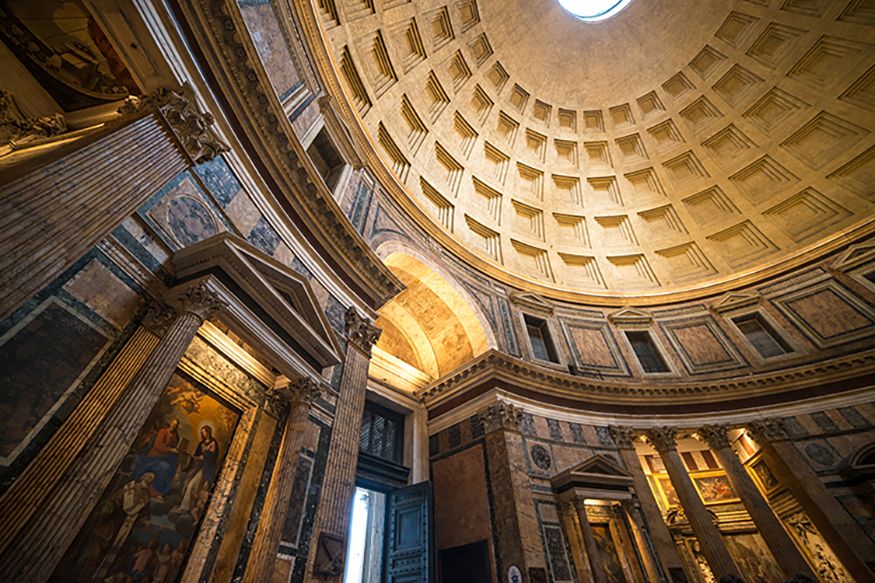Concrete is an extremely versatile and robust building material that has been utilised for thousands of years to create some of the most magnificent and impressive structures around the world.
At Concretum, we acknowledge the aesthetic appeal and potential of this versatile material, which offers an array of applications across a broad range of industries. Today’s article will offer an insight into some of the world’s most remarkable concrete architecture.
The Sydney Opera House - Australia
As an Australian company, The Sydney Opera House had to be on the top of our list. Designed by Jorn Utzon, a Danish architect and completed in 1973, The Sydney Opera House is among some of the most recognisable structures around the world. Comprising of sail-like precast concrete panels, the masterful architecture results in an in an incredible visual display of concrete ingenuity. It is distinguished not only as an architectural landmark but also as an engineering feat, featuring an intricate roof design that required advanced computer modelling and expert construction.

The National Museum of Brazil - Rio de Janeiro
Rio de Janeiro’s National Museum of Brazil is another incredible example of amazing concrete architecture. This museum was first constructed in 1818, making it the oldest scientific institution in Brazil. It has since been refurbished and upgraded many times, even suffering damage from a large fire in 2018. However, the concrete foundations of the building remain structurally sound today. The original team of architects selected concrete for the construction of the museum due to its strength and durability, in order to withstand Rio de Janeiro’s extreme natural elements such as heavy downpours and high humidity.

Image courtesy of theguardian.com
The Teshima Art Museum - Japan
The Teshima Art Museum built on Teshima Island in Japan’s Seto Inland Sea is a unique and enthralling piece of architecture. Designed by architect Ryue Nishizawa and artist Rei Naito, the building is structured entirely of reinforced concrete, without any interior walls or columns that would obstruct the structure’s natural, organic shape. The concrete shell of the museum creates a sense of space that is both open and intimate, allowing natural light to flow in through the opening at the top of the building.

The Guggenheim Museum - Bilbao, Spain
The Guggenheim Museum in Bilbao, Spain, is an iconic example of contemporary concrete architecture. Architect Frank Gehry designed this building and finished it in 1997, showcasing its curved walls that were made possible through advanced computer modelling and versatile, reinforced concrete. The museum’s external appearance uses titanium panels that create a glimmering and reflective surface, transforming the building with light and weather conditions.

Image courtesy of guggenheim-bilbao.eus
The Burj Khalifa - Dubai
The Burj Khalifa, standing incredibly tall at 828 meters (or 2,716 feet), is the world’s tallest building. Located in Dubai, the building was only completed in 2009. The foundation consists of reinforced concrete, featuring a concrete core encased in a steel framework. Recognised as the tallest building on earth, the use of concrete provided the builders with a robust and stable foundation to support the tower’s sheer weight and size. The concrete foundations and walls have resulted in excellent fire resistance and thermal mass, as well as providing it with incredible strength.

The Kimbell Art Museum - Fort Worth, Texas
The Kimbell Art Museum, located in Fort Worth, Texas, is another excellent demonstration of modern concrete architecture. The building was conceptualised by esteemed architect, Louis Kahn, and was completed under his supervision in 1972. It showcases a unique roof design composed of slim precast concrete shells that allow natural light to permeate through the galleries. The concrete used for the building assists in generating a sense of unity and symmetry throughout the structure, with each element working together to create a coherent structure for the building.

Image courtesy of forthworth.culturemap.com
The Church of the Light - Osaka, Japan
The Church of the Light situated in Osaka, Japan, is a minimalist masterpiece that exhibits the beauty and simplicity of concrete. Architect Tadao Ando designed the church and built it in 1989, featuring stark white walls that accentuate clean lines and produce a sense of tranquillity and peace. The placement of the concrete creates an opening in the shape of a cross at the front of the church, where the light is able to shine through to those inside. The exposed concrete walls and floors result in an industrial yet timeless aesthetic.

Image courtesy of dezeen.com
The Pantheon - Rome, Italy
The Pantheon in Rome is an iconic concrete building known around the world, dating back to ancient Roman times when it finished in 128 AD. The building’s dome is comprised of concrete and remains the world’s largest un-reinforced concrete dome. The use of concrete allowed the ancient Romans to design a dome that was both structurally robust and visually striking, conveying a sense of beauty that has stood the test of time. The building is an example of the true strength and durability of concrete.

A Remarkable Material Used Around the World for Thousands of Years
The enduring strength and adaptable nature of concrete is clearly evident in some of the world’s most exceptional buildings and constructions. From ancient Roman structures to contemporary masterpieces, concrete has allowed architects and engineers to consistently push the boundaries of design and construction. As a local architectural concreting company in Melbourne, Concretum is proud to work with concrete to create innovative facilities for our local communities to enjoy. If you’re interested in learning more about our work, check out our services. To get in touch with our team, visit our contact page today.

A professional & reliable concreting company that can handle even the most technical jobs.
ADDRESS
94-102 KEYS RD
MOORABBIN VIC 3189


